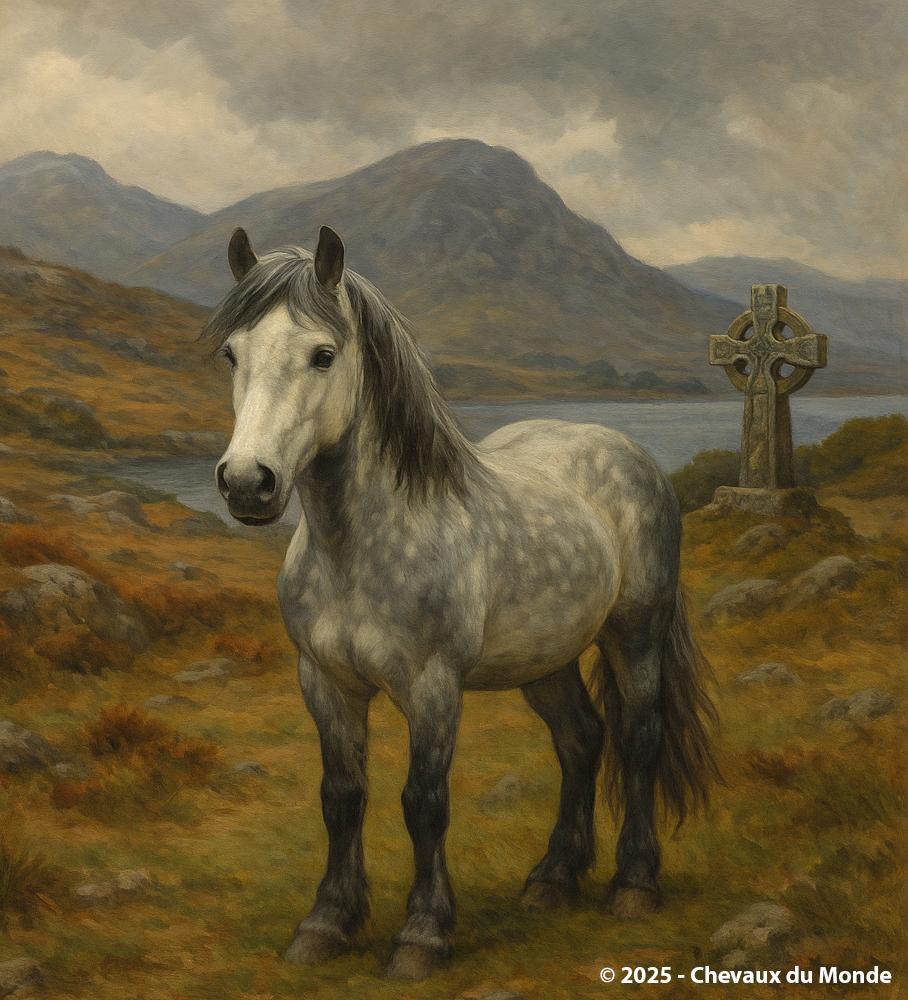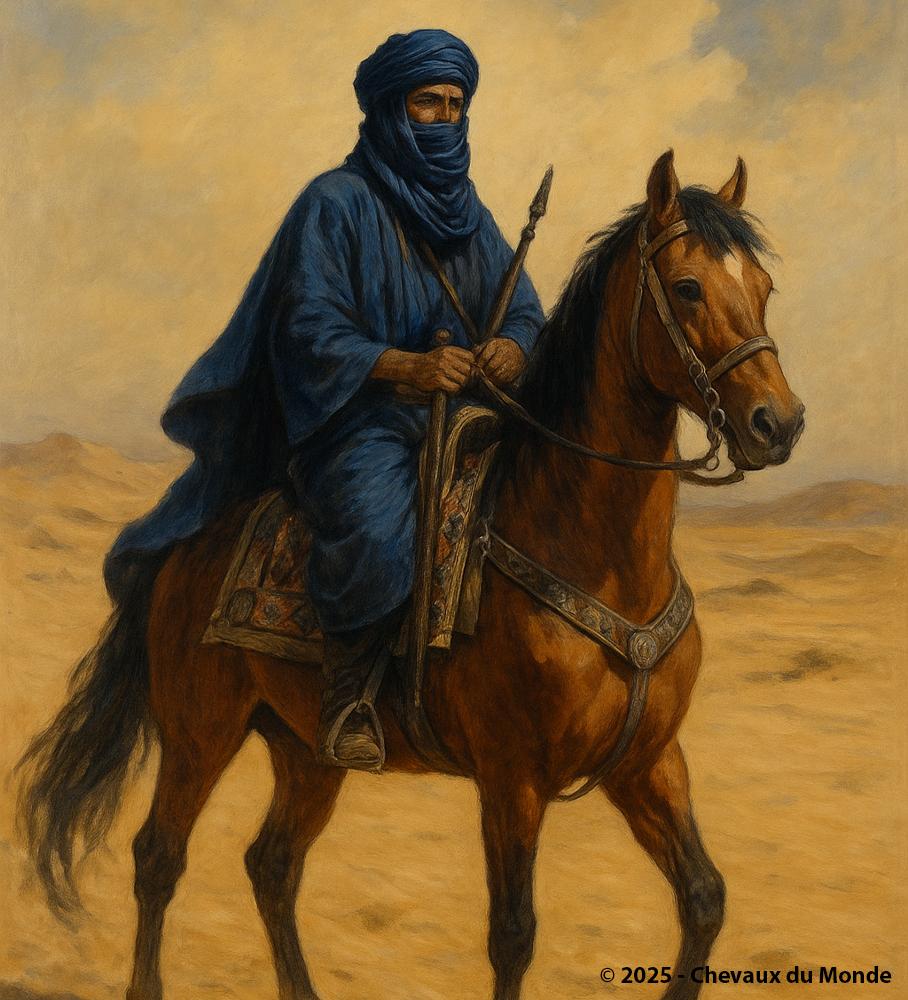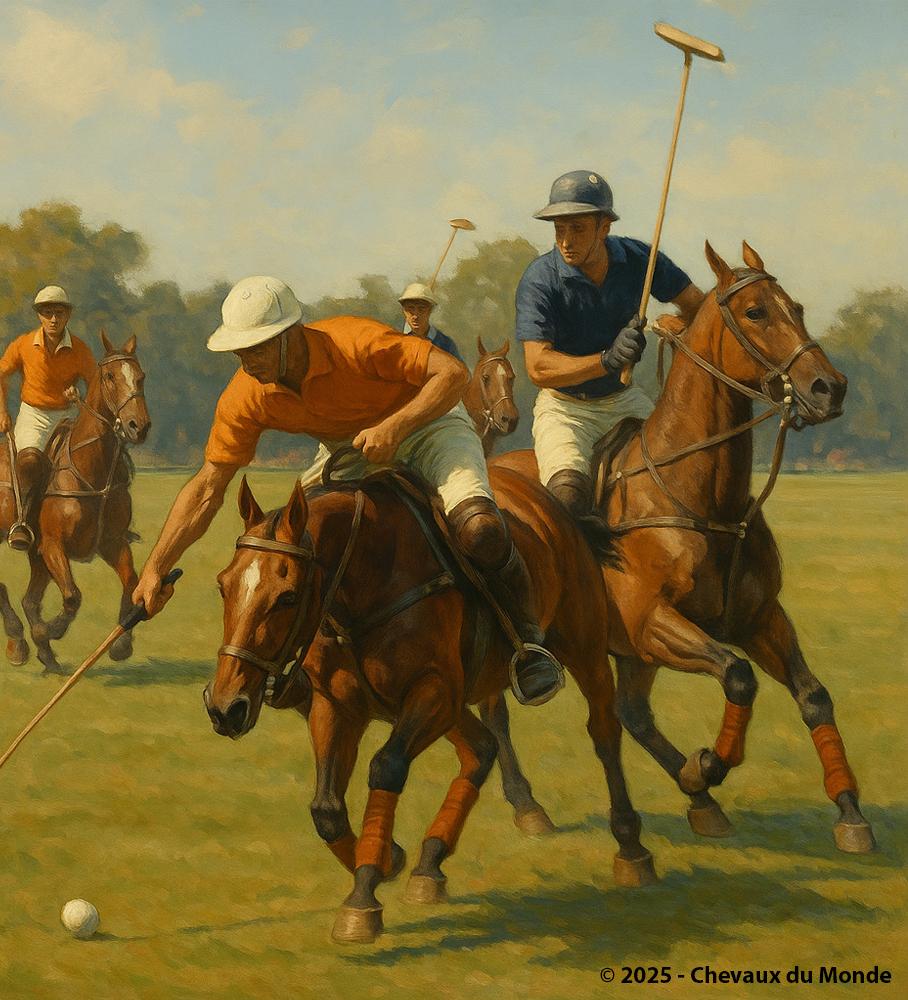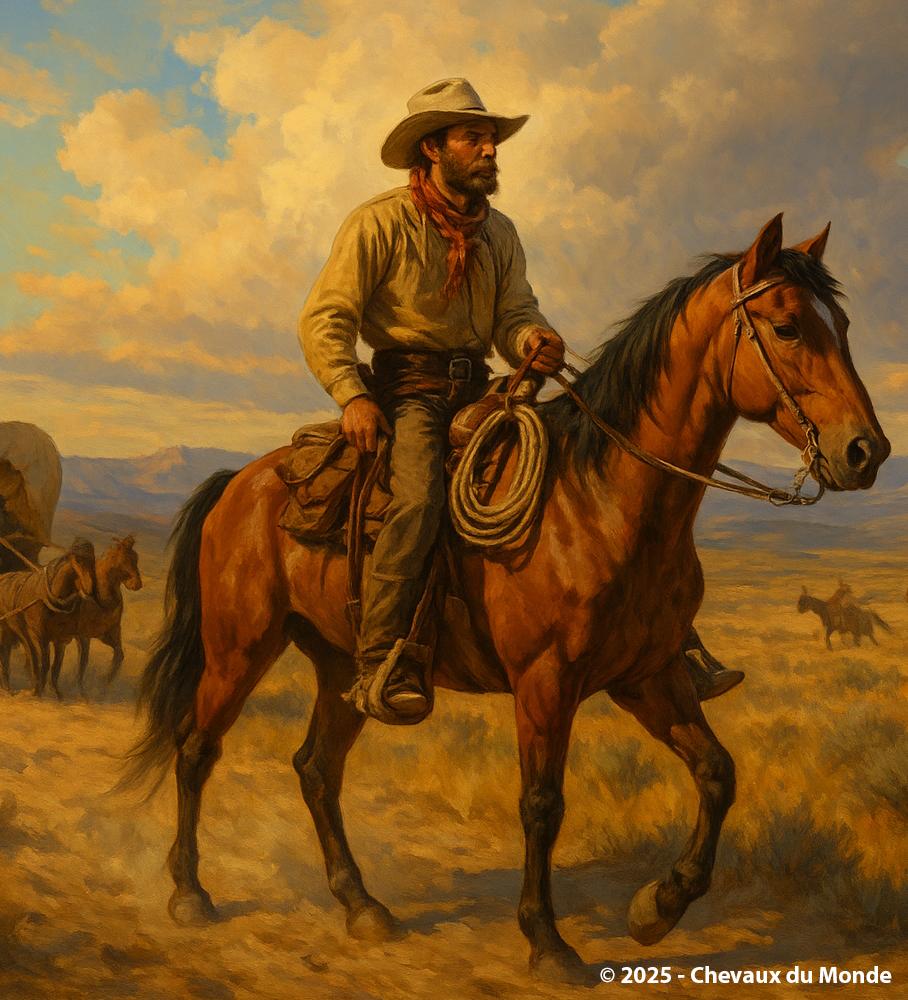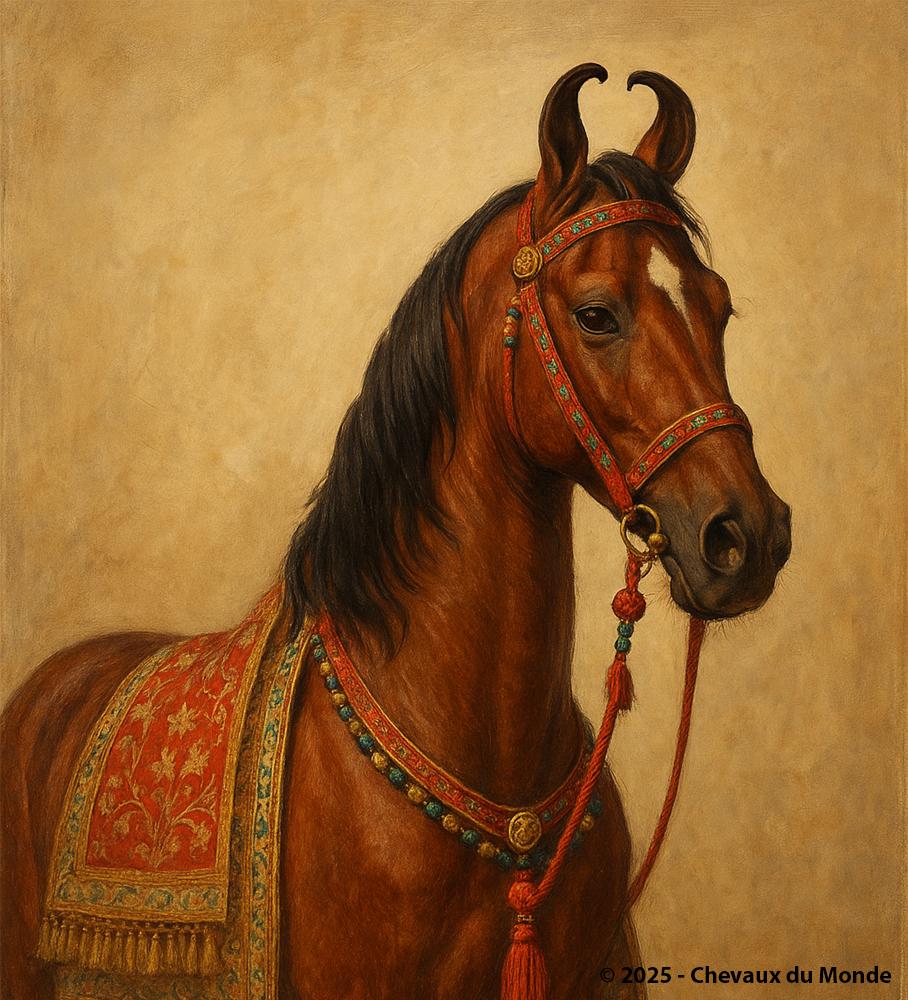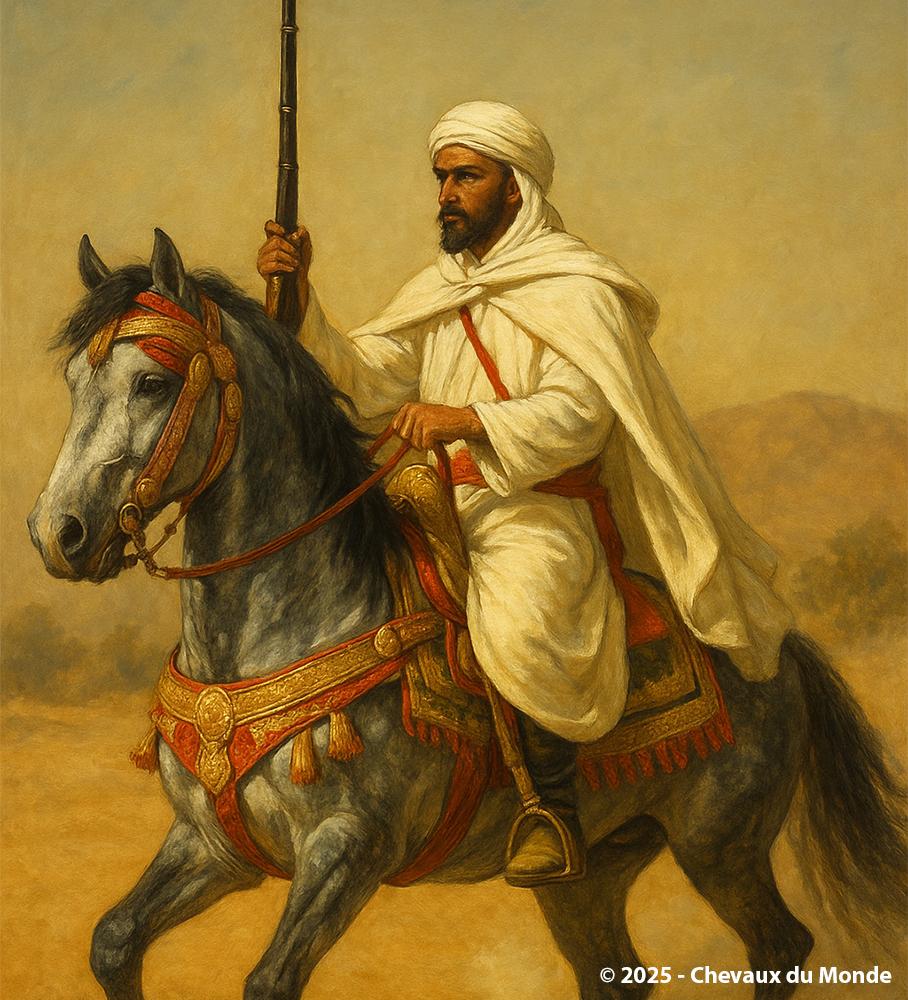SPAIN - THE ART OF DOMA VAQUERA AND THE ANDALUSIAN HORSE IN THE FERIAS
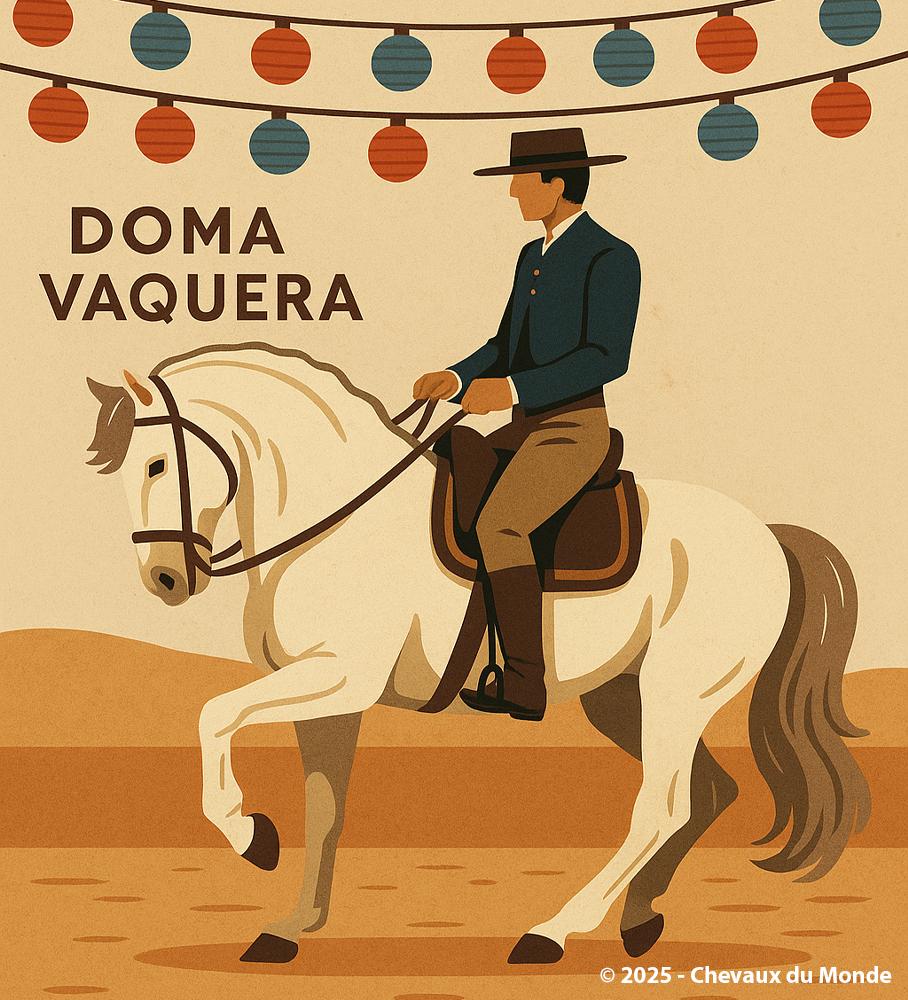
Spain – Doma Vaquera, a traditional Andalusian riding art rooted in cattle herding, showcases precision, suppleness, and elegance. It remains a vibrant expression of equestrian culture during Spanish festivals.
In the south of the Iberian Peninsula, Andalusia stands as one of Europe’s oldest strongholds of equestrian culture.
From the royal stables of Córdoba to the open plains of the campiña, this land of contrasts has nurtured a unique relationship between man and horse. Here, the horse is not merely ridden it is celebrated, adorned, danced with, and honored.
At the heart of this tradition shines the Andalusian horse, officially known as the Pura Raza Española (P.R.E.), a symbol of nobility, grace, and versatility.
Doma Vaquera: Between Work and Elegance
Doma Vaquera, literally meaning "cowboy dressage", originated from the practical needs of Andalusian vaqueros herders who galloped across rugged landscapes managing cattle.
Originally, it was a functional form of riding, aimed at controlling often-unruly livestock with a long pole (garrocha) while remaining firmly in the saddle.
Today, this practice has evolved into a codified art, at the crossroads of classical dressage, reining, and Iberian tradition. The Andalusian horse showcases all its intelligence, agility, and presence.
Riders, dressed in traditional attire (fitted trousers, short jacket, wide-brimmed hat), perform complex movements: pirouettes, flying changes, sliding stops, precise rein-backs, all in perfect harmony with their mount.
Whether in competition or demonstration, Doma Vaquera impresses with its speed, intensity, and choreographed beauty, often enhanced by flamenco music.
Ferias: Popular Stages of Equestrian Elegance
It is during the ferias of Andalusia that equestrian passion reaches its peak. These popular festivals, both religious and cultural, take place each year in spring or summer in iconic cities like Seville, Jerez de la Frontera, Córdoba, or Ronda.
In the alleyways lined with casetas (decorated tents), hundreds of horses parade, ridden by men and women in traditional outfits. The Andalusian horse reveals all its splendor: groomed mane, ornate tack, elevated gaits, admired by the festive crowd.
Magnificent carriages, pulled by coordinated and richly adorned horses, move slowly through the crowds. Amazons in colorful flamenco dresses ride sidesaddle or join the parades in horse-drawn carriages.
An Ancestral, Living, and Codified Bond
The connection between the Andalusian and its rider goes beyond appearances: it relies on a deep understanding of equine behavior, passed down through generations in rural families and classical riding schools. In this bond lie the core values of Andalusian culture: respect, patience, elegance, and pride.
The Royal Andalusian School of Equestrian Art, based in Jerez, continues to preserve and teach this tradition with rigor. Horses and riders are trained according to Iberian dressage principles, blending influences from Vienna and France, while retaining a distinctly Spanish style.
The Andalusian Horse: An Emblem of Cultural Identity
More than a mount, the P.R.E. is a cornerstone of Spanish cultural identity. Exported worldwide for its sporting abilities, it remains, in Spain, the king of ferias, corrals, and showcases of elegance.
With its gentle temperament, proud bearing, and natural beauty, it has become a true ambassador of Iberian heritage, revered in both artistic and competitive disciplines.

